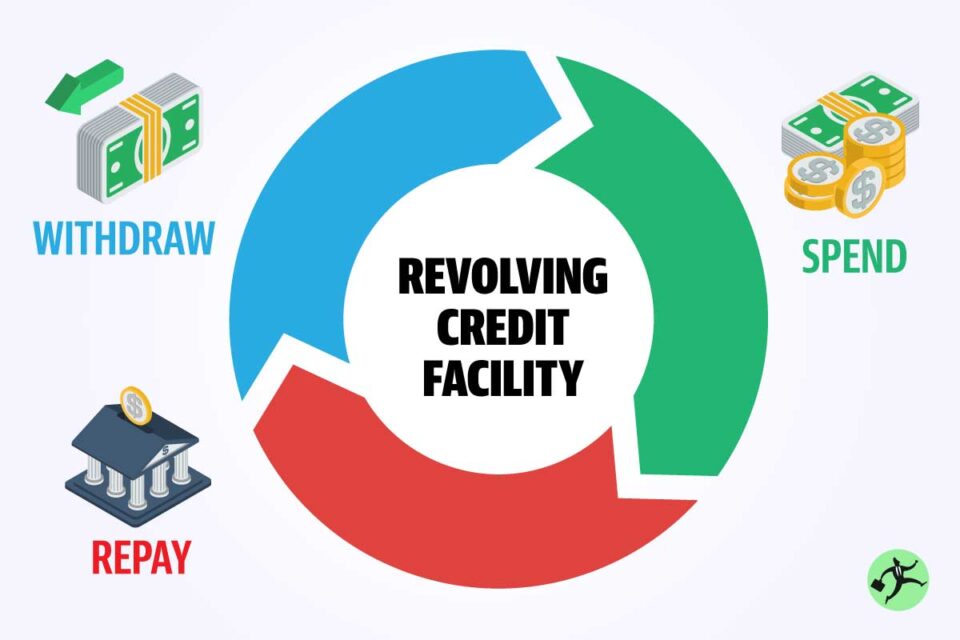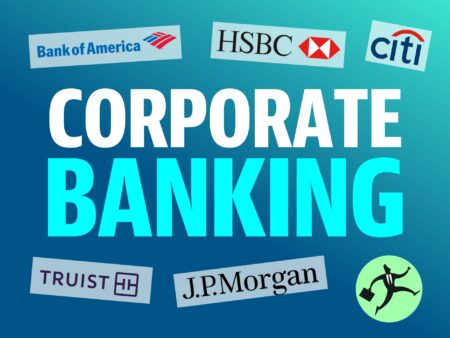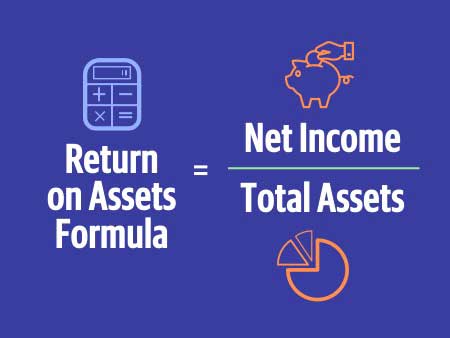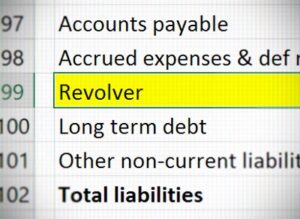What is Revolving Credit Facility?
The Revolving Credit Facility (“Revolver”) refers to a common loan that acts like a credit card for large companies and, along with Term Loans, is a core product in corporate banking. With a revolver, the borrowing company can borrow at any time up to some predefined limit and repay as needed over the term of the revolver (usually 5 years).

How Does a Revolving Credit Facility Work?
The corporate bank puts together the loan for its corporate clients and charges the following fees:
- Upfront Fees
- Utilization/Drawn Margin
- Commitment Fees
With regard to the fee structure, the borrower pays upfront fees to the corporate bank for putting the revolving credit facility together, which are usually sub-10 basis points per year of the tenor.
For example, a strong investment grade borrower enters into a 5-year $100 million revolver and may pay 30 basis points (0.3%) on the total $100 million facility size on day 1, which equates to 6 bps a year.
On that note, the longer the tenor, the higher the upfront fee will be (and vice versa for a shorter tenor).
Revolving Credit Facility (RCL) Examples
Revolving Credit Facility: Utilization/Drawn Margin
The utilization/drawn margin refers to the interest charged on what’s actually drawn by the borrower, which is typically priced as a benchmark interest rate (LIBOR) plus a spread.
For example, if the borrower draws $20 million on the revolver, the fee on this drawn amount will be LIBOR + 100 basis points.
The spread will depend on the borrower’s underlying credit via two pricing grid mechanisms:
- Investment Grade Borrowers → For investment grade borrowers, their pricing grid depends on their external credit ratings (from agencies such as S&P and Moody’s). An example of an investment grade pricing margin would be: LIBOR + 100/120/140/160 bps depending on whether the credit rating was A- or better/BBB+/BBB/BBB-, respectively.
- Leveraged Borrowers → For leveraged borrowers, the pricing grid will be based on credit ratios such as Debt / EBITDA.
Revolving Credit Facility: Commitment Fees
Lastly, the third type of fee charged is the commitment fee. These refer to fees charged on the undrawn portion of the credit facility, and are usually limited to a small percentage of the undrawn amount (e.g. 20%).
Why charge for something that isn’t being used?
Even though the borrower doesn’t take the bank’s money, the bank still has to set aside the money and incur a loan loss provision for the capital at risk.
The concept illustrated above is also called the “undrawn margin” or “undrawn fee”.
Revolver Credit Facility vs. Commercial Paper: What is the Difference?
Investment-grade companies often have access to low-cost commercial paper markets and use revolvers as a liquidity backstop option if commercial paper markets close.
In these cases, while banks fully commit to funding revolver draws when needed, most of the time the revolver remains unutilized. A revolver only becomes drawn when other funding options are not available, so it is utilized when it has the highest credit risk.
The typically high undrawn amount means the corporate bank only gets the small commitment fee, not the utilization fees, despite having to put the entire amount of capital at risk. This contributes to revolvers being known as a loss leader.
On the other hand, leveraged borrowers often rely on the revolver as a primary liquidity source to fund working capital and other day-to-day operating needs.
Modeling the Revolver
Because the revolving credit facility can be drawn or paid down based on the liquidity needs of the borrower, it adds complexity to financial models.
Learn More → Revolver Debt

Everything You Need To Master Financial Modeling
Enroll in The Premium Package: Learn Financial Statement Modeling, DCF, M&A, LBO and Comps. The same training program used at top investment banks.
Enroll Today




